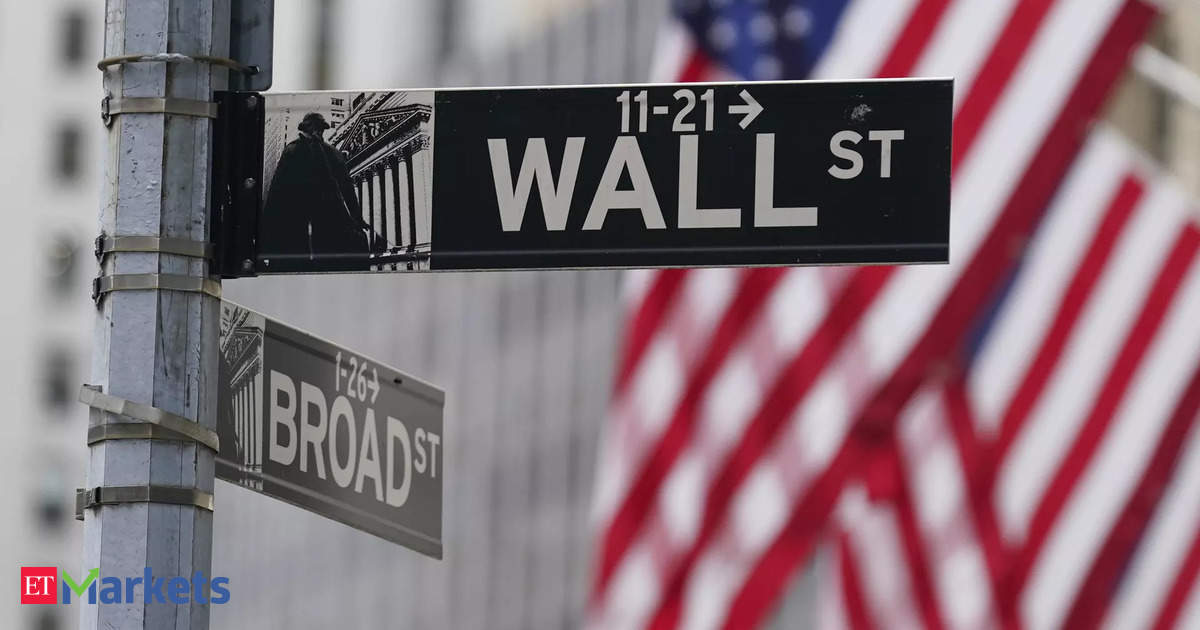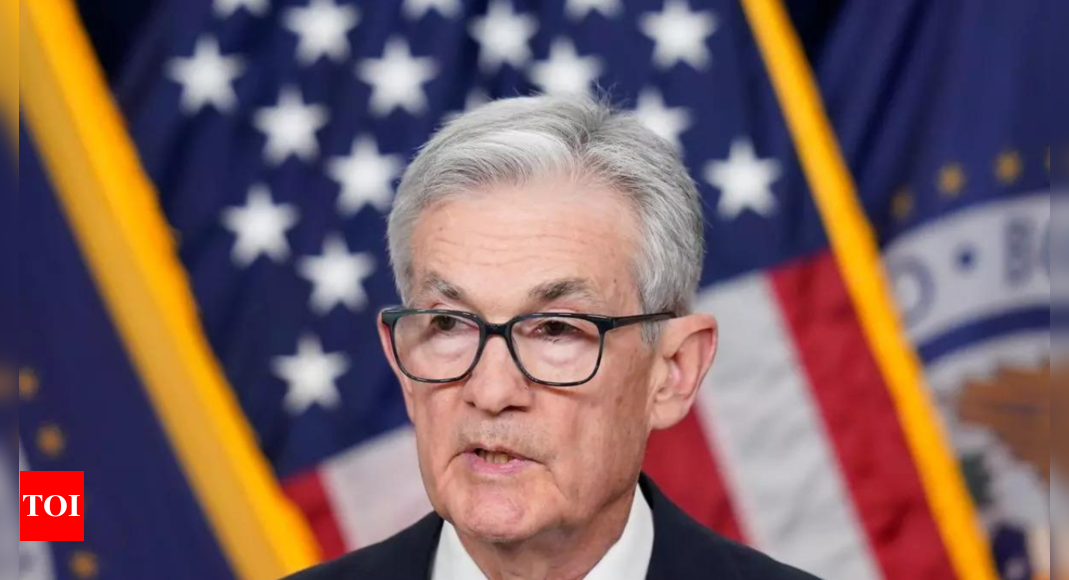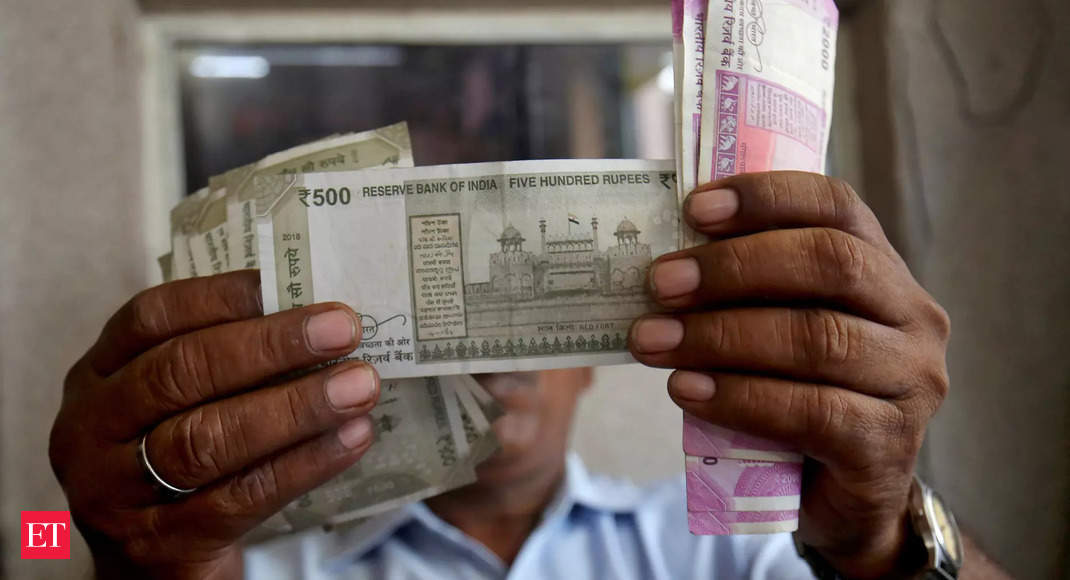Investors are starting to consider the impact of the 2024 U.S. presidential election on markets. The proposals and policies of Joe Biden and Donald Trump are expected to sway asset prices. The divided Congress adds to the uncertainty. Other market drivers include artificial intelligence and Federal Reserve’s monetary policy. The S&P 500 index is performing well. Historical trends suggest that S&P 500 performance ahead of the primary may indicate the election outcome. The market is also monitoring economic data to gauge the Federal Reserve’s actions.
The Federal Reserve has left interest rates unchanged in its latest policy statement. The central bank stated that a rate cut is not imminent, but it has indicated that it may be open to lowering rates in the future if inflation continues to decrease. The new statement also acknowledged concerns about employment and highlighted the need to carefully assess incoming data and the balance of risks. This announcement disappointed investors who were expecting rate cuts to begin as early as March.
Liquidity in the banking system in India has reached its lowest level in nearly six months, causing borrowing costs to rise. Outflows from corporate advance taxes and the Reserve Bank of India’s efforts to stabilise the rupee have drained lenders of funds. The liquidity situation is expected to improve by the end of the week.
Indian companies are raising more funds directly from the market through commercial papers, or CPs, and banks are choosing certificates of deposit, or CDs, to benefit from negotiable borrowing costs. The Reserve Bank of India has mandated banks to maintain an incremental CRR of 110% of net demand and time liabilities (NDTL).











